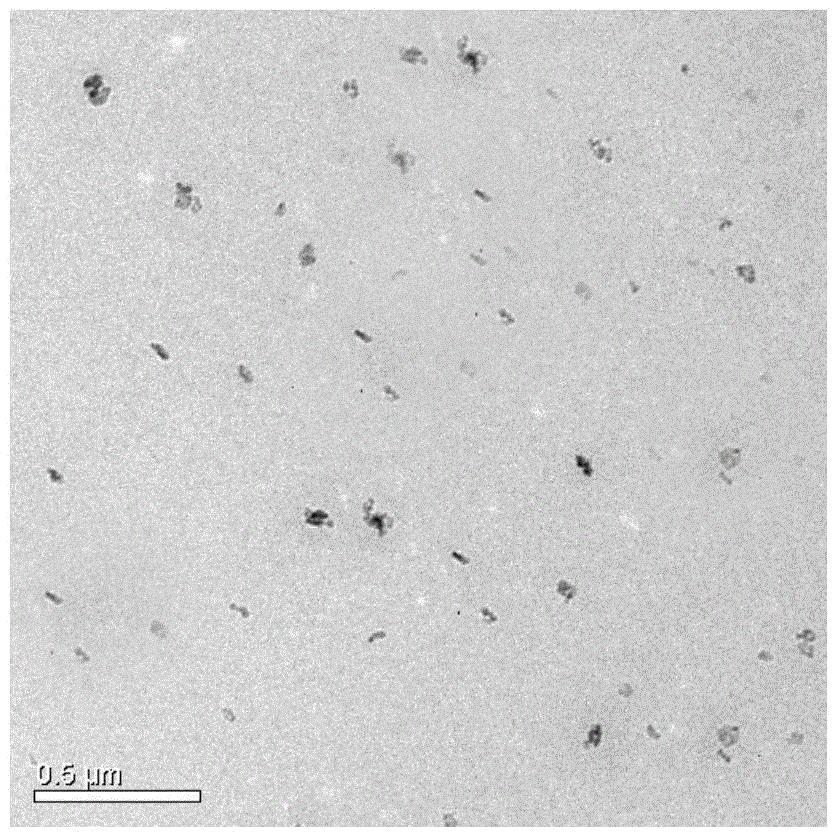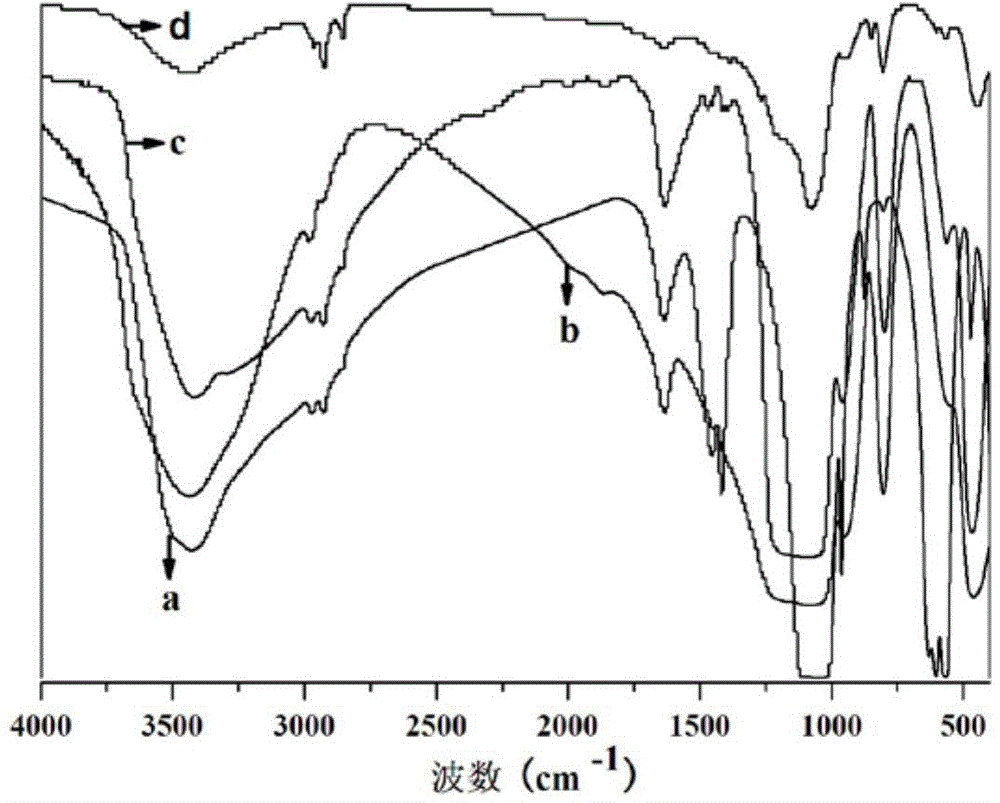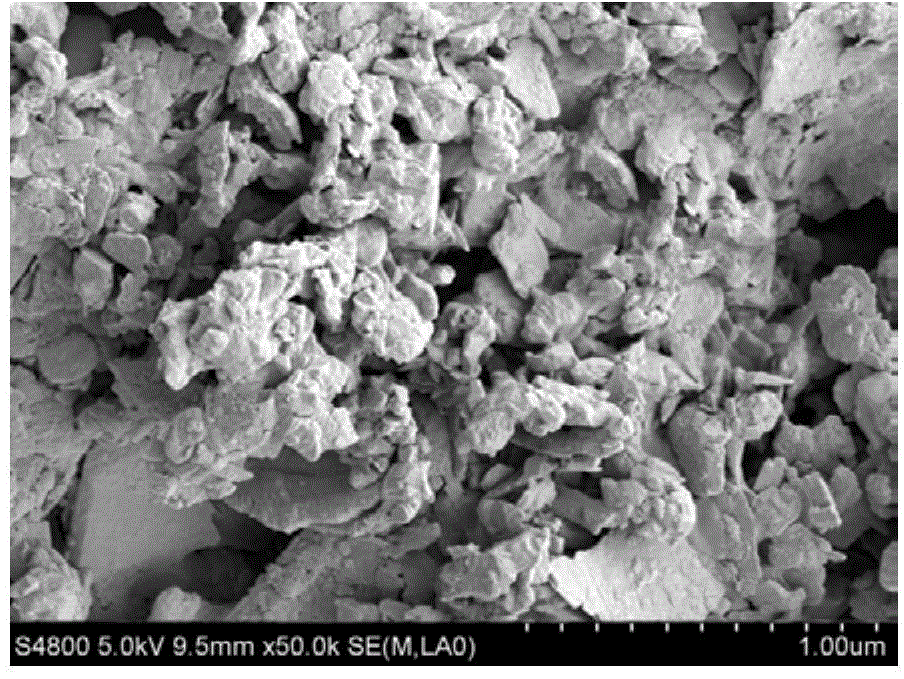A sandstone-like stone cultural relic protection material and its preparation and application method
A technology for protecting materials and stone cultural relics, which is applied to cultural relics protection materials and their preparation and application fields, can solve the problems of lack of long-term aging resistance, narrow use range, easy cracking, etc., so as to prevent the generation of cracks, reduce the preparation cost, The effect of preventing cracking
- Summary
- Abstract
- Description
- Claims
- Application Information
AI Technical Summary
Problems solved by technology
Method used
Image
Examples
Embodiment 1
[0058] 1) Stir and mix 100 parts of tetraethyl orthosilicate, 0.1 part of nano-hydroxyapatite with a particle size of 100nm and 0.002 part of SCA-603, and then ultrasonically disperse at 40°C for 4 hours;
[0059] 2) Put the obtained mixed solution in a constant temperature water bath at 40°C, and add M w = 0.5 part of polydimethylsiloxane at 1500, continue to react for 6 hours after the dropwise addition;
[0060] 3) Slowly add 0.5 parts of dibutyltin dilaurate to the catalyst, and continue to stir and react in a constant temperature water bath at 40°C for 20 minutes to obtain a uniform and transparent sol-like protective material.
Embodiment 2
[0062] 1) Stir and mix 100 parts of tetraethyl orthosilicate, 0.05 parts of nano-hydroxyapatite with a particle size of 50nm and 0.01 part of SCA-1113, and then ultrasonically disperse at 60°C for 0.5 hours;
[0063] 2) Put the obtained mixed solution into a constant temperature water bath at 60°C, and add M w = 2 parts of polydimethylsiloxane of 5000, continue to react for 0.5 hours after the dropwise addition;
[0064] 3) Slowly add 0.1 part of dibutyltin diacetate catalyst, and continue to stir and react in a constant temperature water bath at 60°C for 10 minutes to obtain a uniform and transparent sol-like protective material.
Embodiment 3
[0066] 1) Stir and mix 100 parts of tetraethyl orthosilicate, 1 part of nano-hydroxyapatite with a particle size of 30nm and 0.05 part of SCA-613, and then ultrasonically disperse at 50°C for 2 hours;
[0067] 2) Put the obtained mixed solution in a constant temperature water bath at 50°C, and add M w =500 polydimethylsiloxane 5 parts, continue to react for 3 hours after the dropwise addition;
[0068] 3) Slowly add 1 part of dibutyltin dilaurate to the catalyst, and continue to stir and react in a constant temperature water bath at 50°C for 15 minutes to obtain a uniform and transparent sol-like protective material.
PUM
| Property | Measurement | Unit |
|---|---|---|
| particle diameter | aaaaa | aaaaa |
| particle diameter | aaaaa | aaaaa |
| particle diameter | aaaaa | aaaaa |
Abstract
Description
Claims
Application Information
 Login to View More
Login to View More - R&D
- Intellectual Property
- Life Sciences
- Materials
- Tech Scout
- Unparalleled Data Quality
- Higher Quality Content
- 60% Fewer Hallucinations
Browse by: Latest US Patents, China's latest patents, Technical Efficacy Thesaurus, Application Domain, Technology Topic, Popular Technical Reports.
© 2025 PatSnap. All rights reserved.Legal|Privacy policy|Modern Slavery Act Transparency Statement|Sitemap|About US| Contact US: help@patsnap.com



